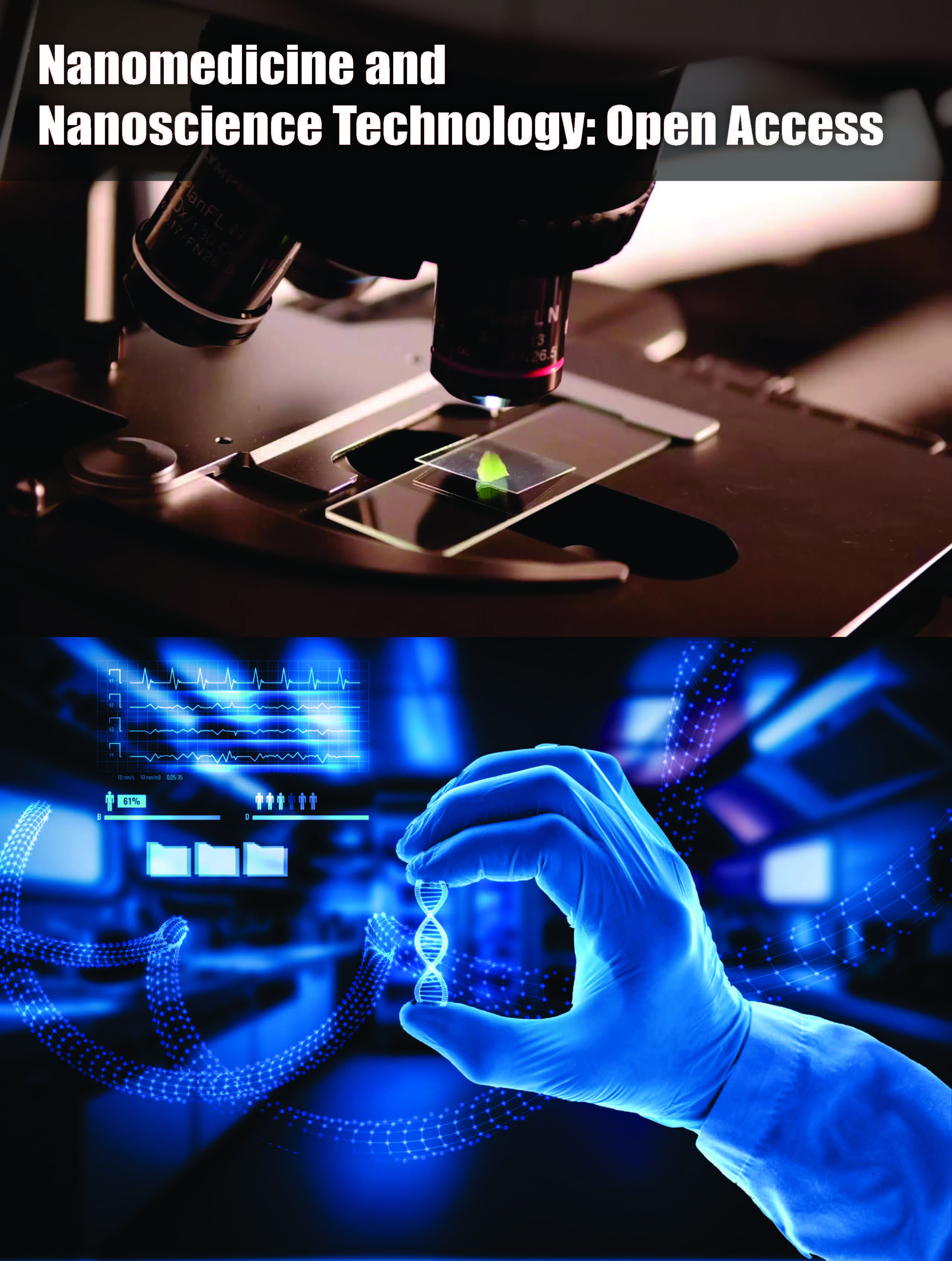Nanomedicine and Nanoscience Technology: Open Access

Abstract - (2022) Volume 2, Issue 3
Rare Medical Emergency: Case Study-Acute RespiratoryDistress Syndrome (Ards)
Received Date: Aug 02, 2022 / Accepted Date: Dec 05, 2022 / Published Date: Dec 15, 2022
Abstract
8-year-old Child, who’s weights 16 Kg and has always been weak and had health issues. The family members had cold and fever over the last few weeks, but the child still suffering from fever, with occasional nausea and vomiting. His mom told that child was normal till six of his age but after Electrocution, the child was unable to walk and talk and only replies to sound. Then child has recently been admitted with an episode of vomiting.
On questioning, to his previous medical history it was found that the child has been underwent Encephalopathy treatment on 14/05/2020. It was also found with Myocarditis.
#On examination:
*Blood pressure-84/67mmHg
*Heart rate-142bpm
*Respiratory rate-42bpm
#Arterial blood goes on admission:
*pH -7.8
*PCO-45mmHg
*PO -114mmHg
*SpO-100%
# Laboratory test at admission
*Hb-12.6g/dL
*PCV-36.6%
*Urea-21mmol/L
*Creatinine-0.68mg/dL
*Na+ -140 mmol/L
*K+-3.5 mmol/L
#Medication on admission
*Inj. Adrenaline 0.3Mcg/Kg/min
*Inj. Non-Adrenaline 0.3Mcg/Kg/min
*Inj. Dobutamine
*Inj. Tranexamic Acid
#Diagnosis
Acute Respiratory Distress Syndrome (ARDS)
Question
1.What is (ARDS)?
• Acute respiratory distress syndrome (ARDS) is a life-threatening condition where the lungs
cannot provide the body’s vital organs with enough oxygen.
2. What is the risk factor for (ARDS)?
• A) Direct lung-injury risk factor
Pneumonia (bacterial infection, fungal, or opportunistic)*
Aspiration of gastric contents*
Pulmonary contusion
Inhalation injury
Near drowning
• B) Indirect lung-injury risk factors
Sepsis (nonpulmonary source)
Nonthoracic trauma or hemorrhagic shock
Pancreatitis
Major burn injury
Drug overdose
Transfusion of blood products
Cardiopulmonary bypass
3. What is Encephalopathy? and what is varies treatment?
• Encephalopathy is a broad term for any brain disease that alters brain function or structure.
Treatment, such as anti-seizure medication, may help manage some symptoms. Antiviral
medication may be used to treat encephalitis caused by a viral infection.
4. What is myocarditis and its symptoms?
• Myocarditis is usually caused by a viral infection. A severe case can weaken the heart,
which can lead to heart failure, abnormal heartbeat and sudden death.
Symptoms
Chest pain, fatigue, abnormal heartbeat and shortness of breath.
5. What are the plan treatment for (ARDS)?
• In (ARDS) patient treatment for milder symptoms or as a temporary measure, oxygen may
be delivered through a mask that fits tightly over your nose and mouth. Mechanical
ventilation. Most people with ARDS will need help of a machine to breathe. A mechanical
ventilator pushes air into your lungs and forces some of the air sacs.
Copyright: © 2025 This is an open-access article distributed under the terms of the Creative Commons Attribution License, which permits unrestricted use, distribution, and reproduction in any medium, provided the original author and source are credited.

